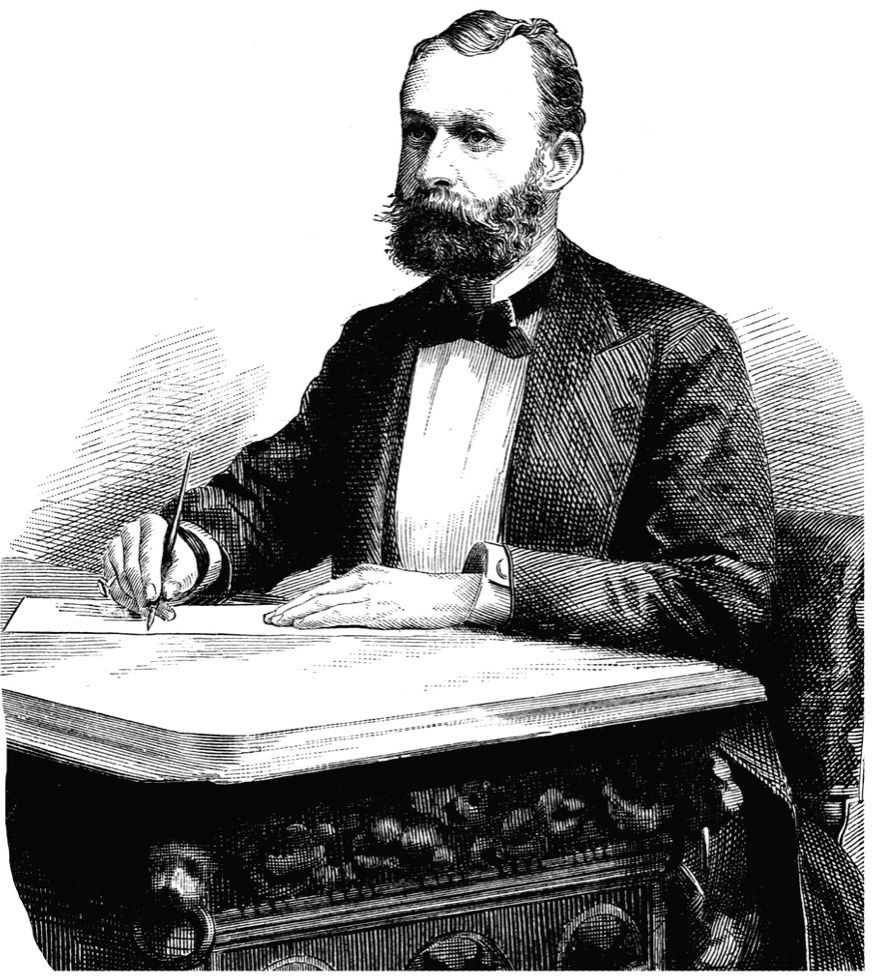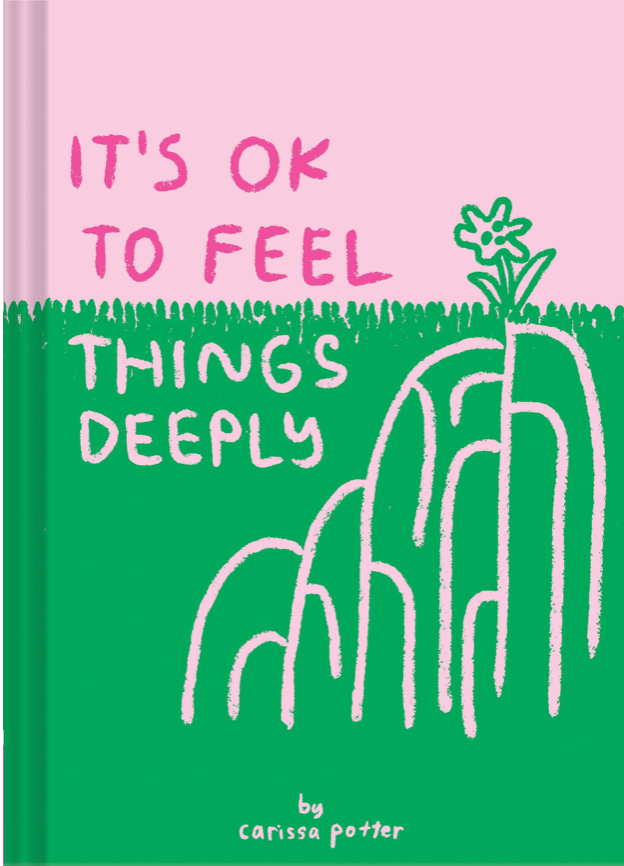Right now, the allegory I most closely associate with Oliver Sacks‘s Awakenings comes from the moment in C.S. Lewis’s The Lion, the Witch and the Wardrobe when Lucy, Susan and Aslan come to a courtyard full of statues. Lucy cries out, “All those stone animals – and people, too! It’s – it’s like a museum!” Aslan breathes on the stone figures, and they change from colorless stone to colorful, moving – alive – figures:
For a second after Aslan had breathed upon him the stone lion looked just the same. Then a tiny streak of gold began to run along his white marble back – then it spread – then the color seemed to lick all over him as the flame licks all over a bit of paper – then, while his hindquarters were still obviously stone, the lion shook his mane and all the heavy, stone folds rippled into living hair. (1)

I imagine the courtyard with tangles of ivy hanging down the walls, and in the open space, goldenrod, brambles, and tall grasses at least up to the statues’ waists. I imagine a similar overgrowth has overtaken the back wards of Mount Caramel chronic care hospital, which Sacks describes as an abyss of affliction. Instead of goldenrod, a stale yellow stench. Instead of ivy, long fingernails and whiskers. And statues everywhere.
The statues are post-encephalitic patients, the survivors of Encephalitis Lethargica and the subjects of Awakenings. They are frozen in odd positions in wheelchairs. Rose R. was frozen like someone in those roller coaster photos hawked at amusement parks – her head thrust back, her hands tight fists. Frances D.’s pose was like an elderly philosopher – her gaze was upward, beatific, one hand cupped and raised as if to emphasize a point.
And then, their color returned.Oliver Sacks treated them with L-DOPA, and slowly they began to speak, walk, reconnect with family members, dance, and work.
It is a real-life allegory, one not lost on Sacks (one gets the sense that not much is lost on him):
I want something of their lives, their presence, to be preserved and live for others, as exemplars of the human predicament and survival. This is the testimony, the only testimony, of a unique event – but one which may become an allegory for us all.
It does strike readers as an allegory, and it interweaves with other allegories; it’s impossible for me to write about Encephalitis Lethargica without thinking of stories I heard growing up. This bothers and intrigues me, and I want to explore why we crave metaphor, why I am quick to see allegories in Awakenings, and whether or not seeing real life as allegory is dangerous.
A Hopefully Not Too Somnolent Exploration of Metaphor

The metaphor of someone asleep for years who suddenly awakens is one of our cultural myths.Off the top of my head, I can think of Sleeping Beauty, Rip Van Winkle, Narnia, and that Mel Gibson movie Forever Young (which, okay, I watched probably 50 times in high school. I can probably recite whole scenes).
Why is this story represented in many different ways?
Metaphor is essential to our thinking. It’s how we get from everyday, concrete realities to things for which we may not have tangible proof.2 Imagine I’m trying to explain a forest to someone who has only seen the desert.I would begin with what the person knows.Cacti, maybe. We do the same with abstract or unseen realities.We look for temporal parallels to the eternal.
Because death bothers us, we constantly search for metaphors for death.My mother, seeking comfort after the death of both her mother and brother this past year, has been picturing death as a kind of birth.The way a baby resists birth because of the comfort and familiarity of the womb is also the way we want to cling to earth-life. I love this.
I’m guessing the same thing was going on with the Sleeping Beauty story. Isn’t this exactly what we want death to be?We want to wake up beautiful. We want to know we’ll still be ourselves.We want to be with people we love.When the powerful kiss of true love comes Sleeping Beauty’s way, she’s able to return to life, still pretty as a daisy, but now side by side with a man she loves.
If we are to see allegory in this fairy tale, we have to do the work of connecting the allegory to another narrative not explicitly given.3 When we think of people who have been asleep for decades waking up, we can see this as allegory, because sleep is so often a cultural metaphor for death.Sometimes it is sleep to the exclusion of waking, like the French Revolution’s credo, “death is eternal sleep,” which was meant to de-Christianize the republic.Or sleep as the preamble to waking, as when Jesus says about a dead girl, “she is sleeping.”
When I come to the nonfiction story of Awakenings, I can’t help but see it as an allegory, because the cultural narratives are already in place.Even though the stories are case studies, not morality plays, once factual narratives overlap with cultural narratives, allegory can be born.
Resurrectamine, St. Ignatius, and the Day to Day
Since Awakenings matches quite well with a few cultural narratives, there are several figurative ways to see the case studies. I’ll return to the story of Magda B. I discussed in the first installment.
For all those around her could see, Magda was dead – unable to speak or move. L-DOPA came along, and she was able to speak first in a monotone, then in a rich Viennese accent.She reconnected with her family, adapted to the drugs, and died peacefully, in her sleep.
“Dopamine is Resurrectamine,” said awakened patient Leonard L., and Magda’s case, indeed, seems like resurrection. To anyone passing through the dreary halls, Magda would have looked like a vegetable. wakened, she participates fully in all that life means.A gracious personality emerges.It reminds me of my minister’s oft-repeated words that God wants to make us more fully human.She is still fully herself when she dies and the case study ends.
Looking at the pictures of the post-encephalitic patients reminds me of another narrative. Platonic dualism, and St. Ignatius of Loyola‘s spiritual exercises telling us to see in our imaginations the “soul as a prisoner in this corruptible body.”4 Surely, this narrative seems plausible when we see people with personalities not dead only dormant, and they are held captive by their bodies – muscles that will not let them do all the things their souls long to do: speak or sing or clasp a relative’s hand.
I resist St. Ignatius’s picture of the captive soul because I don’t want to think of my body (its functions, limitations, sexuality, and many flaws) as an enemy I’ll soon win against.I want to see it as a gift.And it is important to see someone like Hester Y., who also views her imperfect body as a gift. She is able to ignore the tics that overtake her body. She sits in the eye of a storm, continuing to talk while the tics go on, appreciating what her body can do.She pays the tics no mind: they are strangers visiting a body she knows.As Sacks says, disease is not “a thing-in-itself, but parasitic on health and life and reality.”
Instead of advocating either of these narratives, Sacks most wants us to remember how to live. We, too, can experience a “return to one’s self . . . ‘rebirth,'” like the patients who are so eager to just talk to people around them, listen to music, take out their cobbler’s bench and return to their life’s work. The patients, he says, “show us the full quality – the zenith of real being (so rarely experienced by so many ‘healthy’ people); they show us what we have known – and almost forgotten.”
Hijacking Nonfiction?
My students at North Park University just read Awakenings. I asked them to fictionalize one of the case studies to draw attention to any allegorical aspects.Almost all of them had a very difficult time with that.It wasn’t just that I was asking them to perform a creative writing assignment that was fairly complex for freshmen.I may have been asking them to do something slightly immoral.
The case studies are human stories, and, yes they teach us.But what comes of seeing real live people as allegories?
If we approach nonfiction narratives – Awakenings, other nonfiction, the lives of people we hear about or read about in newspapers – and treat the allegory like the kernel of the story and discard, like a pistachio shell, the real lives of people, then I think we are definitely doing something dubious.
But seeing allegory in everyday lives may also make life something dually beautiful. Can we hold this in tension?While seeing allegory, can we remember to respect these lives?To appreciate them as we would appreciate a friend with whom we were having a late-night conversation, the debris of wine circling the bottoms of our glasses? Deriving wisdom from them, like we would listen and find meaning in the words of this friend? And yet also seeing a life as a story that extends far beyond that life, into eternal meanings?
We can do this. And if we read Awakenings we have to.The patient Leonard L. asks that we learn from him at the same time we appreciate him: “I am a living candle. I am consumed so that you may learn. New things will be seen in the light of my suffering.”
It is appropriate to tiptoe into the courtyards of suffering and rebirth and listen, watch, and learn.
1 Lewis, C.S., The Lion, The Witch and the Wardrobe. 1950. New York: Harper Collins, 1994: 167.
2 Crisp, Peter. “Allegory: conceptual metaphor in history.” Language & Literature 10, no. 1 (February 2001): 5. Academic Search Premier, EBSCOhost (accessed December 5, 2008): 5.
3 Crisp, 8.
4 Ignatius of Loyola, The Spiritual Exercises of St. Ignatius. 1951. New York: Vintage Spiritual Classics, 2000: 22.
All other quotes are from Sacks, Oliver. Awakenings. 5th edition. New York: HarperPerennial, 1990.



